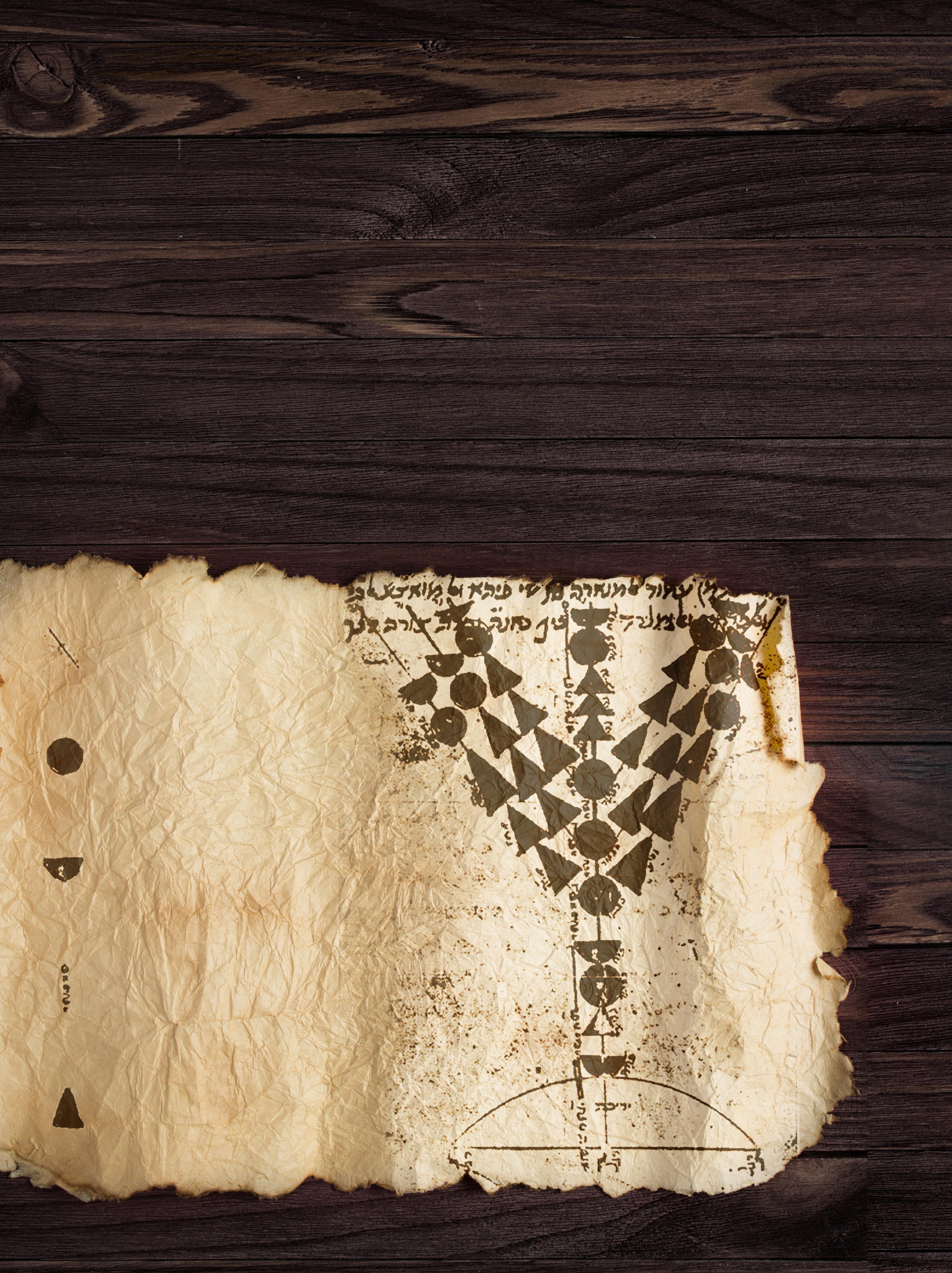
2 minute read
Hints for Chanukah in the Torah
What is the connection between the word “nechoshet” “copper” — the final word of Parshat Terumah, with the command in the beginning of Parshat Tetzaveh to prepare pure olive oil for illumination?
King Nevuchadnetzar of Babylon had a very frightening dream which agitated him greatly. Afterwards, he forgot the details and thus did not know the dream’s interpreta tion until Daniel told him that he had dreamt of an image whose head was of fine gold, with its breast and arms of silver, its belly and thighs of copper, and its legs of iron — and then all the parts crumbled together.
Advertisement
Daniel then interpreted all this as a reference to the four Monarchies who subjugated the Jewish people. The gold represented Nevuchadnetzar and his kingdom because of their tremendous power. The Persians and Medes were the silver. The copper kingdom was the Greek empire of Alex ander the Great and his successors. (This includes Antiochus who was Macedonian and a descendant of Alexander the Macedonian.) Finally, the Roman Empire dominated by Edom and Ishmael are compared to the iron. Ultimately, they will all crumble under the kingdom of Hashem, which will be ruled by Mashiach (Daniel 2:31-45)

The last word of Parshat Terumah, “nechoshet” — “copper” — would be a reference to the Syrian-Greek Empire. The Torah follows this up with the statement “Now you shall command the Children of Israel that they shall take for you pure olive oil to kindle the lamp continually” (27:20).
The Torah is dle of Chanukah light a shamash.”
This is followed with “And you shall command the Children of Israel that they take pure olive oil” to indicate that olive oil is most preferable for the kindling of the Chanukah Menorah, which is placed on the left side of the doorway, with a Shamash above. (שדחה
תוהגה ,חקור ,השמ הטמ)
The content in this page is produced by Chabad.org, and is copyrighted by the author and/or Chabad.org. If you enjoyed this article, we encourage you to distribute it further, provided that you do not revise any part of it, and you include this note, credit the author, and link to www.chabad. org. If you wish to republish this article in a periodical, book, or website, please email permissions@chabad.org.
By Rabbi Chaim Fogelman
Our Chachomim tell us that the Chanukah menorah is placed by the door or by the window in a way that it lights up the darkness outside. In the Bais Hamikdosh, the menorah gave light as well, and the light of the Bais Hamikdosh spread out to the world.
רוא הרותו הוצמ רנ יכ
(Ki ner mitzvah v’Torah ohr) – The Torah gives us light and illuminates the world around us… In connection to this precept, we see a secret reference to the menorah in the first verse of every Chumash:

The first passuk of Beraishis has seven words … Like the seven arms of the menorah
The first passuk of Shemos has eleven words … Like the eleven buttons (designs) of the menorah
The first passuk of Vayikra has nine words … Like the nine flowers of the menorah
The first passuk of Bamidbar has eighteen words (eim hakolel) … Like the eighteen tefochim the height of the Menorah
The first passuk of Devarim has twenty-two words like the twenty-two cups in the menorah.

